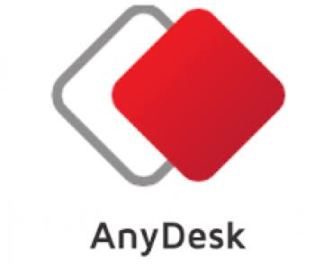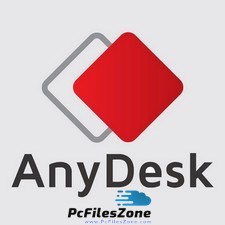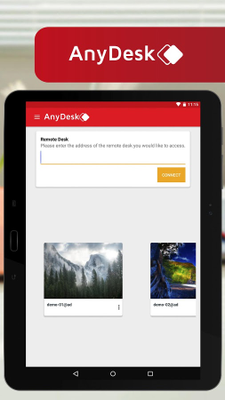

You will then be taken to a screen where you will see “this desk” the code in the block (blacked out in the image below) is what you will give our support agents to assist you. Once AnyDesk has downloaded, click on it to open. On the bottom-left corner, you will see AnyDesk downloading: On your PC, click on Google Chrome/Firefox etc. This is for our support team to remotely assist all users when they have software challenges. CAD, video editing or simply working comfortably with an office suite for hours are just a few examples.All devices (Both PC’s and Driver devices) should have AnyDesk installed. AnyDesk is the first remote desktop software that doesn't require you to think about what you can do. This is why we designed AnyDesk to stay out of your way. A great tool should boost your productivity.

And its reliability makes sure our product is available whenever you need it. This technology is widely used in large and robust telecommunication systems. In local networks, AnyDesks latency lies below 60 milliseconds and is no longer perceptible.ĪnyDesk connections are being routed over Erlang-based servers. Since internet connections always impose a certain latency when transmitting data from one PC to the other, it is very important that AnyDesk adds as little as possible to the bill. The lower the latency, the quicker the remote PC responds to your input. Latency at the lowest possible level is critical for working on a remote desktop. It allows for new usage scenarios and applications that have not been possible with current remote desktop software. That's why AnyDesk is one leap ahead.ĪnyDesk is the fastest remote desktop software on the market. At its core is DeskRT, a new video codec that is specifically designed for graphical user interfaces. How should remote desktop work? What is feasible with modern computer hardware? AnyDesk was designed from the ground up to be ground breaking.

For the development of AnyDesk, we took a step back and asked ourselves fundamental questions.

You know how remote desktop used to be: slow and tedious.


 0 kommentar(er)
0 kommentar(er)
